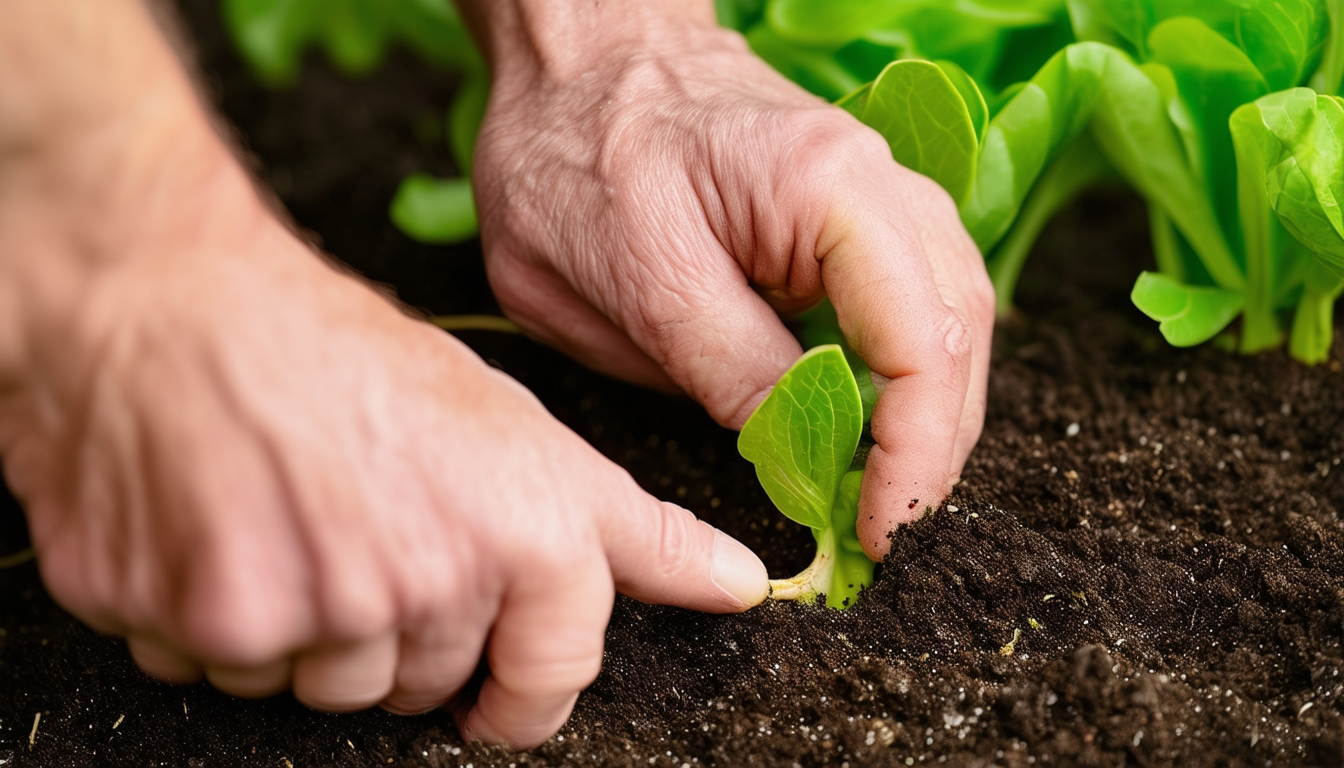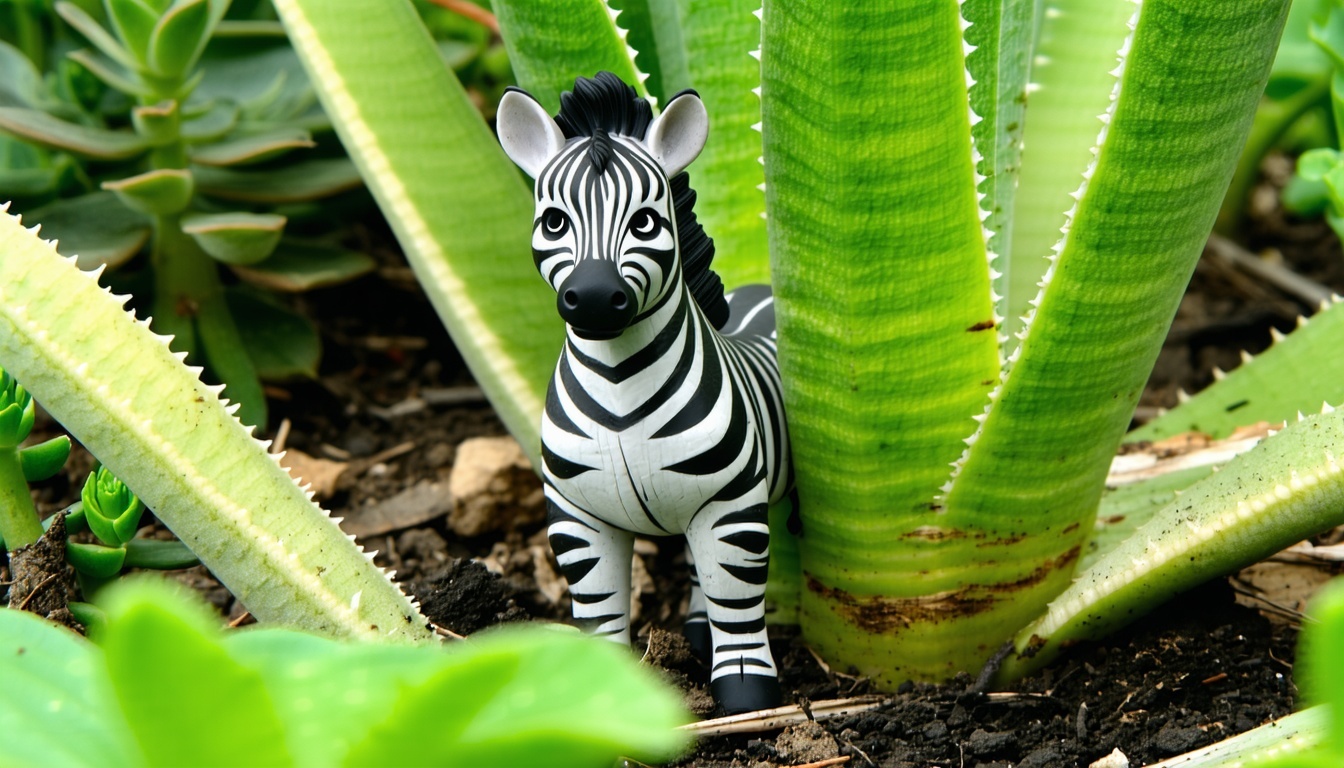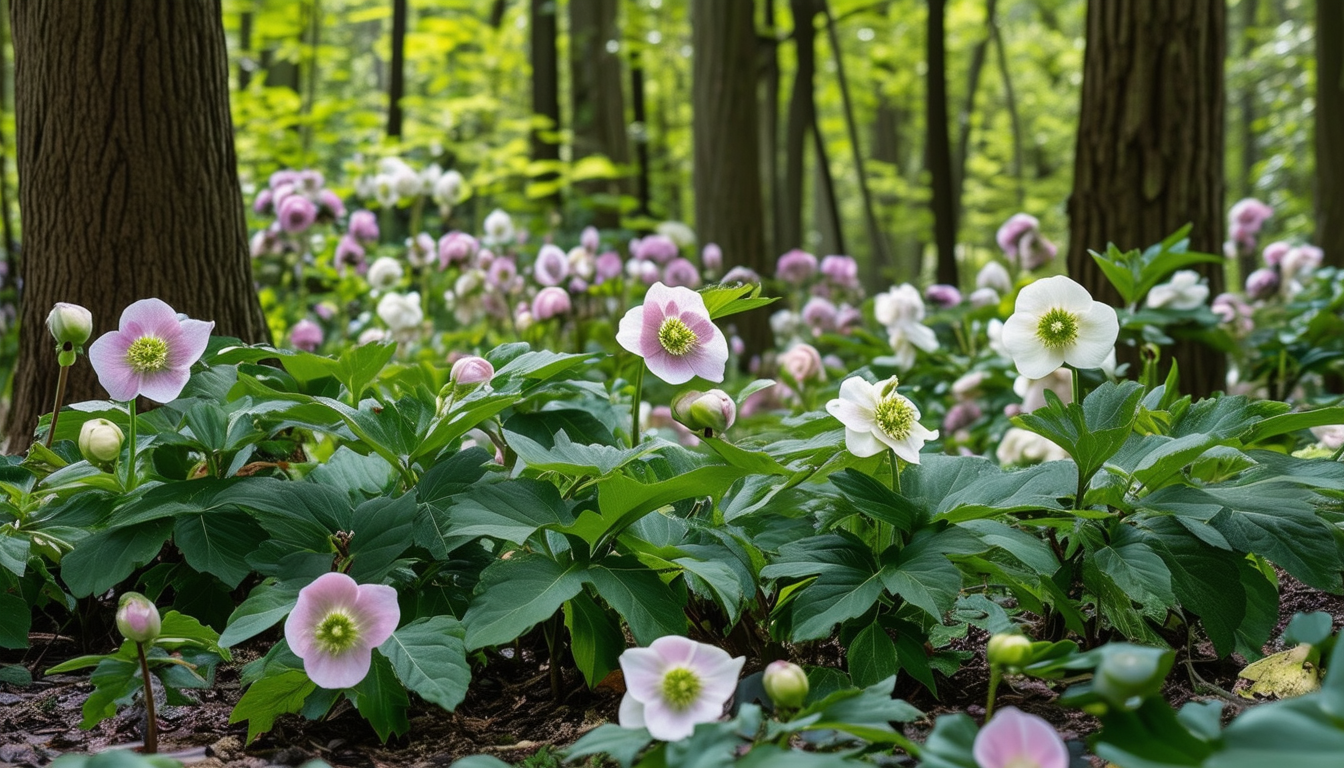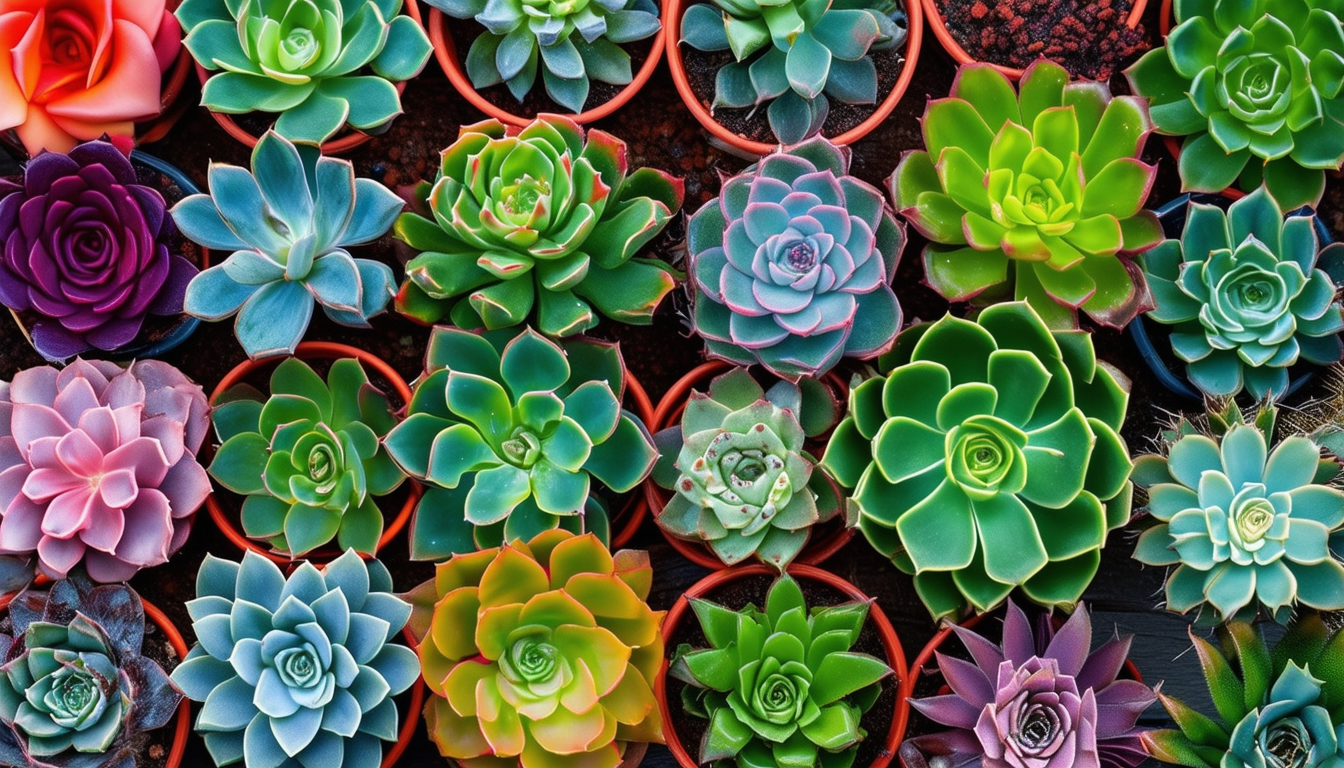
Unlock the secrets to effortlessly multiplying your favorite plants by mastering the art of propagation from runners.
Intros - Understanding Plant Runners: Nature's Propagation Experts
Plant runners, also known as stolons, are a remarkable natural phenomenon that allows plants to propagate efficiently. These slender, horizontal stems extend from the parent plant and generate new plants at their nodes, creating a network of interconnected growth.
Understanding runners is essential for any gardener looking to expand their garden without constant replanting. By leveraging this natural process, you can cultivate a thriving garden with minimal effort and expense.
Best Time of Year for Propagating Runners
Timing is crucial when it comes to propagating plants from runners. The best time to propagate runners is typically during the growing season, which varies based on your plant species and climate. For many plants, late spring to early summer is ideal as the warmer weather encourages rapid growth.
Ensure the parent plant is healthy and vigorous during this period, as this will directly influence the success of your propagation efforts.
Selecting the Best Plants for Runner Propagation
Not all plants propagate through runners, so it's important to choose the right species. Strawberries, spider plants, and runners beans are classic examples that thrive with this method. When selecting a plant, look for signs of healthy runner growth such as vibrant leaves and strong stems.
Avoid plants with signs of disease or pest infestations, as these issues can transfer to your new plants. A robust parent plant is key to successful runner propagation.
5 Step Guide to Propagating Plants from Runners
1. **Identify Healthy Runners:** Choose runners with well-developed nodes and healthy foliage.
2. **Prepare the Soil:** Ensure the soil is rich in nutrients and well-draining. Amend with compost if necessary.
3. **Pin Down the Runners:** Use small stakes or pegs to pin the nodes of the runners into the soil, ensuring good contact.
4. **Water Regularly:** Keep the soil consistently moist but not waterlogged to encourage rooting.
5. **Sever the Connection:** Once the new plants have established roots, carefully cut the runner connecting them to the parent plant. This allows them to grow independently.
Common Mistakes to Avoid in Runner Propagation
One common mistake is neglecting to water the new plants adequately. Runners need consistent moisture to establish roots. Overwatering, however, can lead to root rot, so find a balance.
Another pitfall is attempting to propagate from a weak or diseased parent plant. Always ensure your parent plant is in optimal health to avoid transferring issues to your new plants.
Maximizing Growth and Health of Your New Plants
Once your new plants are established, focus on maximizing their growth and health. Regularly check for pests and diseases, and provide appropriate fertilization to support vigorous development.
Pruning can also help your new plants thrive by directing energy towards healthy growth and removing any damaged or diseased parts.
List of 20 plants you can propagate from runners
This list includes popular choices such as strawberries, known for their sweet fruit and rapid spread, and spider plants, which are beloved for their air-purifying qualities and ease of care. Additionally, you can propagate various types of grasses, which are perfect for quickly covering ground or filling in bare spots in your landscape.
Other plants that thrive with runner propagation include mint, with its refreshing aroma and culinary uses, and creeping Jenny, which adds vibrant greenery to any garden. Explore the possibilities with these 20 plants, and enjoy the satisfaction of watching your garden flourish with minimal effort.
FAQ
Can you propagate from runners? Absolutely, runners are a natural and efficient way to propagate plants. This method allows gardeners to expand their plant collection with minimal effort, as runners naturally develop into new plants when they come into contact with soil. By utilizing runners, you can create a lush garden without the need for seeds or cuttings.
What plants are propagated by runners? Common examples include strawberries, spider plants, and some types of grasses. These plants naturally produce runners that spread out from the parent plant, forming new plants at intervals. This characteristic makes them ideal for gardeners looking to cover ground quickly or fill containers with ease.
How long does it take for runners to root? It can take anywhere from a few weeks to a couple of months, depending on the plant species and growing conditions. Factors such as temperature, humidity, and soil quality can influence the rooting time. Warmer climates and well-drained, nutrient-rich soil typically encourage faster rooting.
How do you root runners? To root runners, pin down the nodes of the runners into moist soil and keep them well-watered. This ensures that the nodes have good contact with the soil, promoting root development. Consistent moisture is key, as it helps the new roots establish themselves without becoming waterlogged.
Can I plant cuttings straight into soil? Yes, but ensure the soil is well-prepared and moist to support root development. Preparing the soil involves loosening it and adding organic matter to improve drainage and nutrient content. This creates an ideal environment for cuttings to take root and grow into healthy plants.
What are the disadvantages of runner plants? They can sometimes spread aggressively, taking over garden spaces if not managed. This vigorous growth can crowd out other plants and lead to a lack of diversity in your garden. Regular monitoring and pruning are necessary to keep runner plants in check and maintain a balanced garden ecosystem.
What is the difference between a runner and a stolon? They are essentially the same, both terms describe horizontal stems that produce new plants. However, the term "runner" is often used in the context of plants like strawberries, while "stolon" is a more general term that can apply to various species exhibiting this growth pattern.
What is an example of a runner vegetative propagation? Strawberries are a classic example. They produce long, slender runners that extend from the main plant, rooting at intervals to form new strawberry plants. This method allows for rapid expansion and is a favorite among gardeners for its simplicity and effectiveness.
Should I cut the runners off my strawberry plants? Yes, once they have rooted, to allow the new plants to grow independently. Cutting the runners helps the new plants focus their energy on developing strong roots and foliage, rather than continuing to support the connection to the parent plant.
Can you propagate any plant from a cutting? Not all plants can be propagated from cuttings; it depends on the species. Some plants root easily from cuttings, while others may require specific conditions or techniques to successfully propagate. Researching the specific needs of your plant species is essential for successful propagation.
What are examples of runner plants? Strawberries, spider plants, and some types of grass. These plants naturally produce runners that spread and root, making them popular choices for gardeners looking to propagate quickly and efficiently.
How to propagate from runners? Pin the nodes into soil, water regularly, and sever the connection once rooted. This process encourages the new plants to establish themselves independently, leading to a thriving garden with minimal intervention.
Is a strawberry a runner or a stolon? Strawberries produce runners, which are also called stolons. These horizontal stems allow strawberries to spread and form new plants, making them a popular choice for gardeners seeking easy propagation methods.
Can you grow runner beans in pots? Yes, with proper support and care. Runner beans can thrive in containers if they have adequate space for their roots and a trellis or support structure to climb. Regular watering and fertilization will help them produce a bountiful harvest.
How long do runners last? Runners can last several weeks to months, depending on the plant. Their longevity is influenced by environmental conditions and the health of the parent plant. Monitoring and maintaining optimal conditions will ensure the runners remain viable for propagation.
Can you put strawberry runners in water to root? It is better to pin them into soil for rooting. Soil provides the necessary nutrients and stability for the runners to develop strong roots, whereas water may not offer the same level of support for long-term growth.
What is runner propagation? It's a method of plant propagation using horizontal stems that produce new plants. This natural process allows gardeners to expand their plant collection efficiently, utilizing the plant's own growth habits to create new life.



